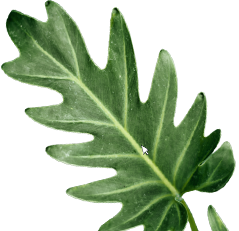William carlose williams biography
William carlos williams famous poems...
William Carlos Williams
American poet (1883–1963)
"Carlos Williams" redirects here.
William carlos williams education
For the Liberian footballer, see Carlos Williams (footballer).
William Carlos Williams (September 17, 1883 – March 4, 1963) was an American poet and physician of Latin American descent closely associated with modernism and imagism.
His Spring and All (1923) was written in the wake of T. S. Eliot's The Waste Land (1922). In his five-volume poem Paterson (1946–1958), he took Paterson, New Jersey as "my 'case' to work up. It called for a poetry such as I did not know, it was my duty to discover or make such a context on the 'thought.'" Some of his best known poems, "This Is Just to Say" and "The Red Wheelbarrow", are reflections on the everyday.
Other poems reflect the influence of the visual arts. He, in turn, influenced the visual arts; his poem "The Great Figure" inspired the painting I Saw the Figure 5 in Gold by Charles Demuth.[1] Williams was awarded a posthumous Pulitzer
